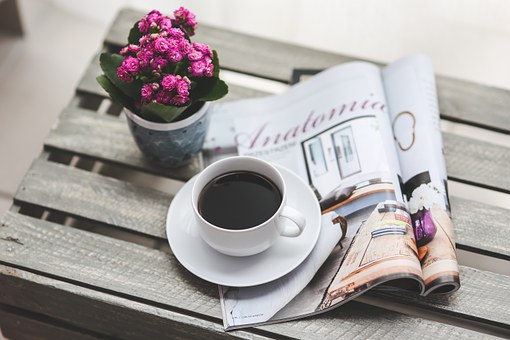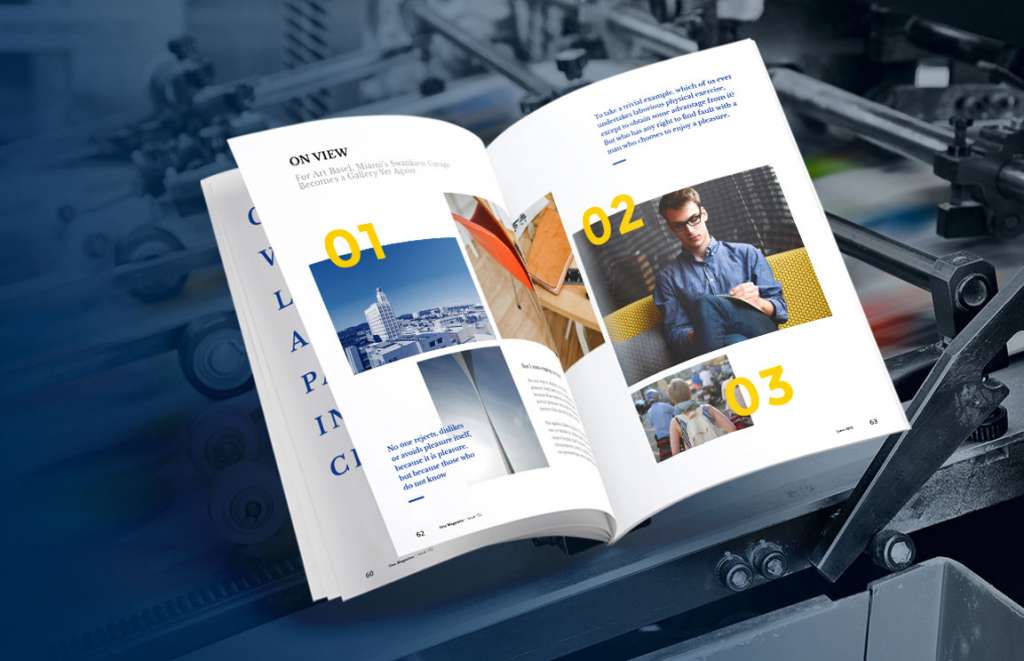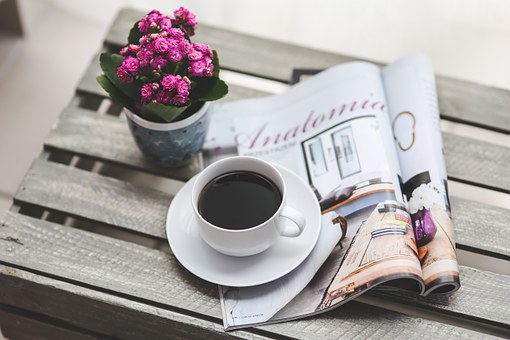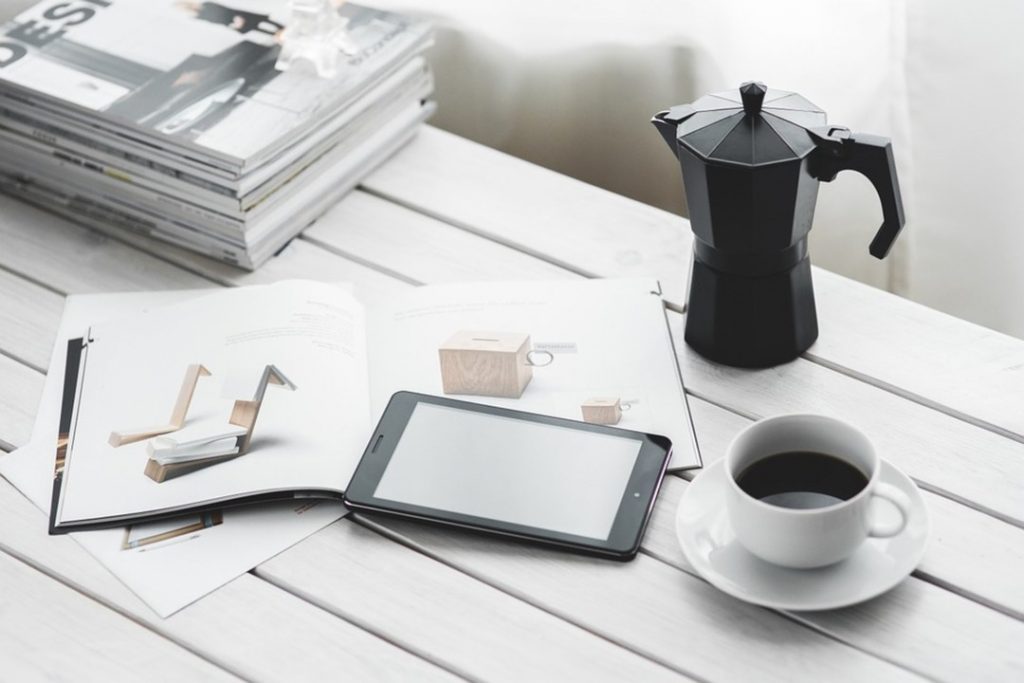Print Finishing Options – what are your choices?
Print Finishing Techniques to enhance your brochure
What are you doing to ensure that your printed leaflet or brochure is effective in this digital age ?
Your first step is understanding the different print finishing techniques for your Leaflets, Brochure, or Posters will help you to make the right decision, as the quality is paramount.
Selecting the most suitable print finishes will enhance the design of your brochures and will will make a lasting impression on your customers. It will showcase your products, and may a customer more likely to buy from you.
Millfield Media have been in the industry for 30 years so we can help you to get a professional product within your budget.
It is so important that your brochure not only looks good but also feels good as well. Some of the best finishes are available and we can help you to decide which finish is suitable for your brand.
We will ensure the finished product is the right choice for your brand, it fits into your budget, and helps your business stand out for all the right reasons.
Although the options depend on your budget and how you would like to showcase your brand, there are solutions for this.
This is where a print specialist can advise and guide how to get a professional finish within your budget,
Print finishing options – what are the choices ?
Lamination is the most common finishing technique. Applying a thin layer of plastic to paper or card sheets to enhance and protect the printed material from moisture, staining, smudges or tears.
Popular types of laminate are soft touch, gloss, matt and silk which makes it excellent for durability and enhances the vibrancy of the ink colours.
Spot UV Varnish is a liquid coating that is applied to the surface of a sheet (available in Gloss, Matt and Silk finishes) which is then dried / cured under an ultra violet light. Its ideal to be a little different and is a good talking point.
Embossing is where an embossed pattern is raised against the background, while a debossed pattern is sunken into the surface of the material
Foil Blocking is specialised process of applying metallic or pigment foil to paper or card, where a heated die is stamped onto the foil. This technique is superb to add elegance, distinction and hand finished luxury to a brand.
Binding is a term which describes gathering and fastening together separate sheets. Primarily used for the creation of books, brochures or leaflets.
This could be saddle stitch, wire binding, perfect binding, ring or spiral binding and trimming. Cutting your printed material to its required size using crop marks
Die-Cutting – is where various shapes are cut out of the stock, and used to create packaging, greetings cards and folders.
Perfect Bound is ideal for a multi page brochure or booklet. It is where the pages and cover are glued together at the spine with a strong but extremely flexible glue.
The remaining sides of the book are trimmed as needed to give them clean “perfect” edges.
Saddle Stitched is where multiple pages of at least 8 pages or larger are bound together along the fold and finished with 2 staples.
Leaflets and Brochures – Stand out with a good finish
Remember you’re objective is to sell a product or service so you’re trying to ensure that your customer will want to buy from your business.
Choosing your finish is imperative if you are designing a business brochure, catalogue or leaflet.
Read our Tips for designing a brochure.
A printed finish is probably the most important decision you will make other than design.
When it comes to finishing the requirements of your printed leaflet or brochure you need to also be sure to consider the weight of paper on the inside as well as the cover.
GSM paper quality and weight known is in the trade as ‘Grams per Square Meter‘.
This basically means what paper quality you are getting for your money. The higher the GSM the heavier the paper.
We would advise a heavier paper for the front and back covers.
A professional quality finish makes all the difference when people are handing brochures and first impressions are so important
Choosing the type of finish is probably the most important decision you will make other than design.
Customers like to feel good quality paper.they like the feel of things !
“Print is tangible – the better the quality the more likely they will keep it rather than throwing it in the bin”
If you try to be flimsy and cheap this will give out the wrong message to your potential customers. So in our view worth the extra spend.
Dont spend a lot of money on designing your brochure or leaflet and then try and skimp and save money on your printed product.
The next important decision to make is the right paper weight. It will add value to the service or goods that you are selling.
Opt for a nice coated finish. if you get the quality right you will get a better return on your investment.
If we can help you at Millfield Media with any advice guidance please dont hesitate to contact us.
If you would like to order a free sample pack to understand the different finishes and paper quality please follow the link and fill in your details
Ask about the options available for your brand, or a quote please contact me for details nicola-millfieldmedia@outlook.com




